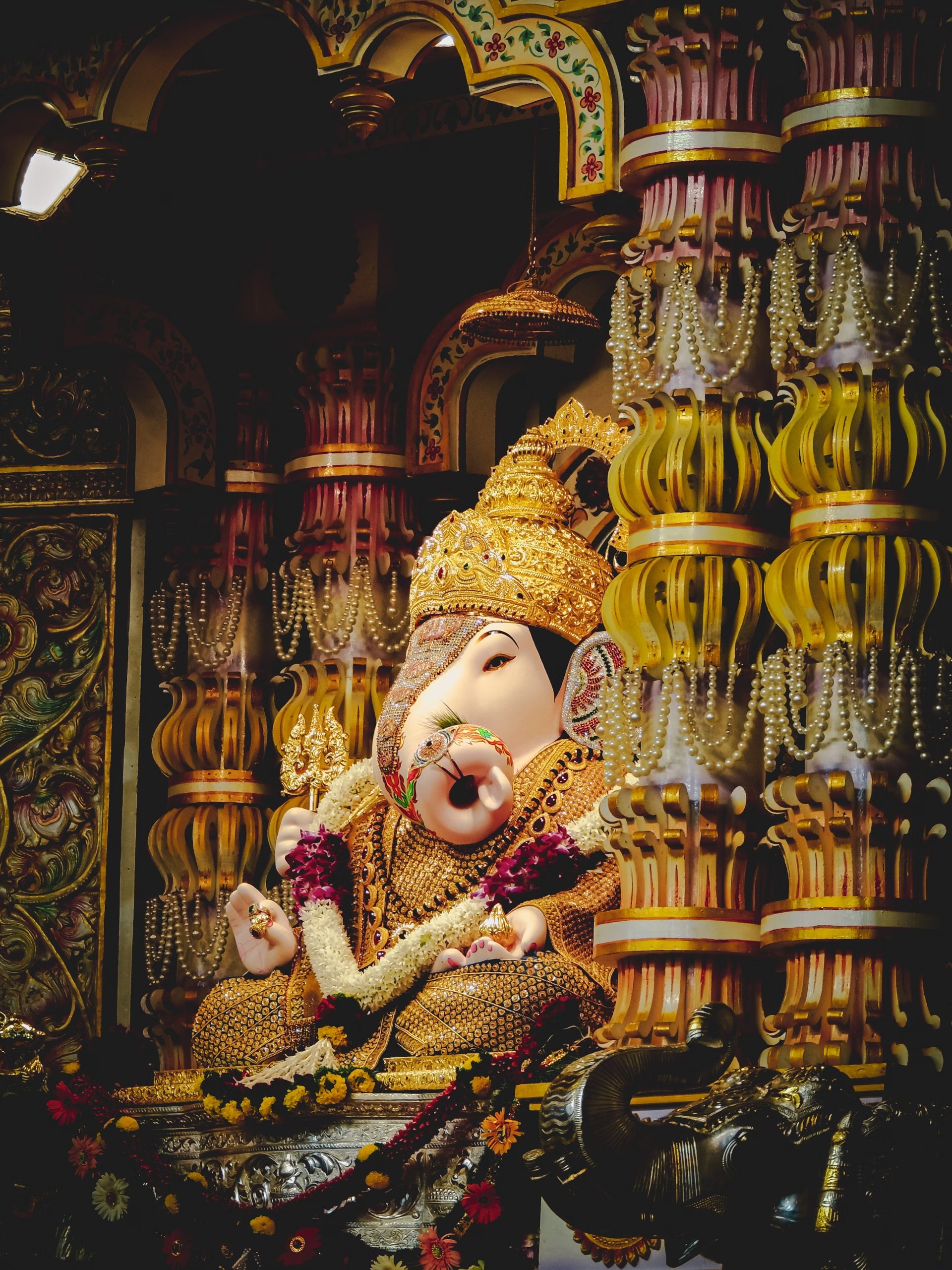Ganesh Chaturthi, a vibrant and culturally significant festival celebrated by millions of Hindus across India, holds more than just religious and cultural value. While it primarily revolves around the worship of Lord Ganesha, the elephant-headed God of wisdom and prosperity, it also has notable economic implications. This article dives into the various ways in which Ganesh Chaturthi contributes to the economy, showcasing how this religious festival becomes a catalyst for prosperity.
Economic Boost through Festival Economy
Ganesh Chaturthi is an annual extravaganza that spans ten days in some regions and even longer in others. During this period, individuals, communities, and businesses alike invest significantly in the celebration. The festival economy receives a substantial boost as people purchase idols, decorations, sweets, clothing, and more. The demand for these goods and services drives production, distribution, and employment in various sectors of the economy.
1. Artisan Empowerment: The making of Ganesh idols is an art form that provides livelihoods to numerous artisans. These skilled craftsmen, often from economically disadvantaged backgrounds, create intricate idols that are in high demand during the festival. The economic empowerment of these artisans plays a crucial role in preserving traditional craftsmanship.
2. Local Businesses Thrive: During Ganesh Chaturthi, local markets and businesses experience a surge in sales. Stores selling puja items, traditional clothing, sweets, and decorations see a substantial increase in footfall, boosting their revenues. This influx of business is particularly beneficial for small and medium-sized enterprises.
3. Transport and Logistics: The transportation and logistics industry witnesses a spike in activity due to the movement of idols and festival-related materials. This increase in demand for transport services not only generates income but also provides temporary employment opportunities.
4. Tourism and Hospitality: Ganesh Chaturthi is celebrated with grand processions and public displays of devotion, attracting tourists from different parts of the world. The hospitality sector benefits from the influx of tourists who require accommodation, food, and other services, contributing significantly to the local economy.
5. Food and Sweets Industry: Sweets and delicacies are an integral part of the festivities. The demand for traditional sweets and snacks surges during this period, boosting sales and revenues for local confectioneries and food vendors.
Charitable Activities and Philanthropy
A unique feature of Ganesh Chaturthi is the spirit of charity and philanthropy that it promotes. Many devotees and community organizations engage in charitable activities such as providing free meals, medical camps, and educational support to the less fortunate. This not only embodies the spirit of the festival but also has a positive impact on the local economy.
1. Food Distribution: Free food distribution initiatives, commonly known as “Anna Daan” (food donation), see a surge during Ganesh Chaturthi. This helps feed the needy and underprivileged, reducing hunger and improving overall health within communities.
2. Donations and Contributions: Devotees contribute generously to community funds that support various social and economic initiatives. These funds are often used for infrastructure development, education, and healthcare projects, benefiting the local populace.
Economic Sustainability and Environmental Consciousness
In recent years, there has been a growing awareness of the environmental impact of Ganesh Chaturthi celebrations, particularly in relation to the materials used in idol production and immersion. This awareness has led to changes in practices that have economic implications.
1. Eco-friendly Idols: The demand for eco-friendly Ganesh idols made from clay and natural dyes has risen significantly. This shift promotes sustainable practices and benefits local potters who produce these eco-conscious idols.
2. Artificial Intelligence and Innovation: Some regions have adopted the use of artificial intelligence and innovative technology to monitor water quality during immersion, reducing the environmental impact. This technological shift creates opportunities in the tech sector and promotes environmentally responsible practices.
Income Generation for Street Vendors
Street vendors play a pivotal role during Ganesh Chaturthi by providing a wide range of products, from flower garlands to traditional clothing and accessories. The festival provides these vendors with a unique opportunity to increase their income.
1. Garland Sellers: Flower garlands are an essential part of the festival, used for decorating idols and homes. Garland sellers experience heightened demand for their products, leading to increased sales and income.
2. Traditional Attire: Street vendors selling traditional clothing and accessories see a surge in business as people purchase new outfits for the festivities. This boost in demand translates into improved livelihoods for these vendors.
Ganesh Chaturthi is more than just a religious and cultural celebration; it is an economic powerhouse that drives prosperity across various sectors of the economy. From artisans and local businesses to the tourism industry and street vendors, this festival positively impacts the lives and incomes of countless individuals. Moreover, the growing awareness of environmental sustainability is transforming the way the festival is celebrated, creating opportunities for innovation and technology. As Ganesh Chaturthi continues to evolve, its economic significance remains a powerful force for uplifting communities and driving economic growth.



